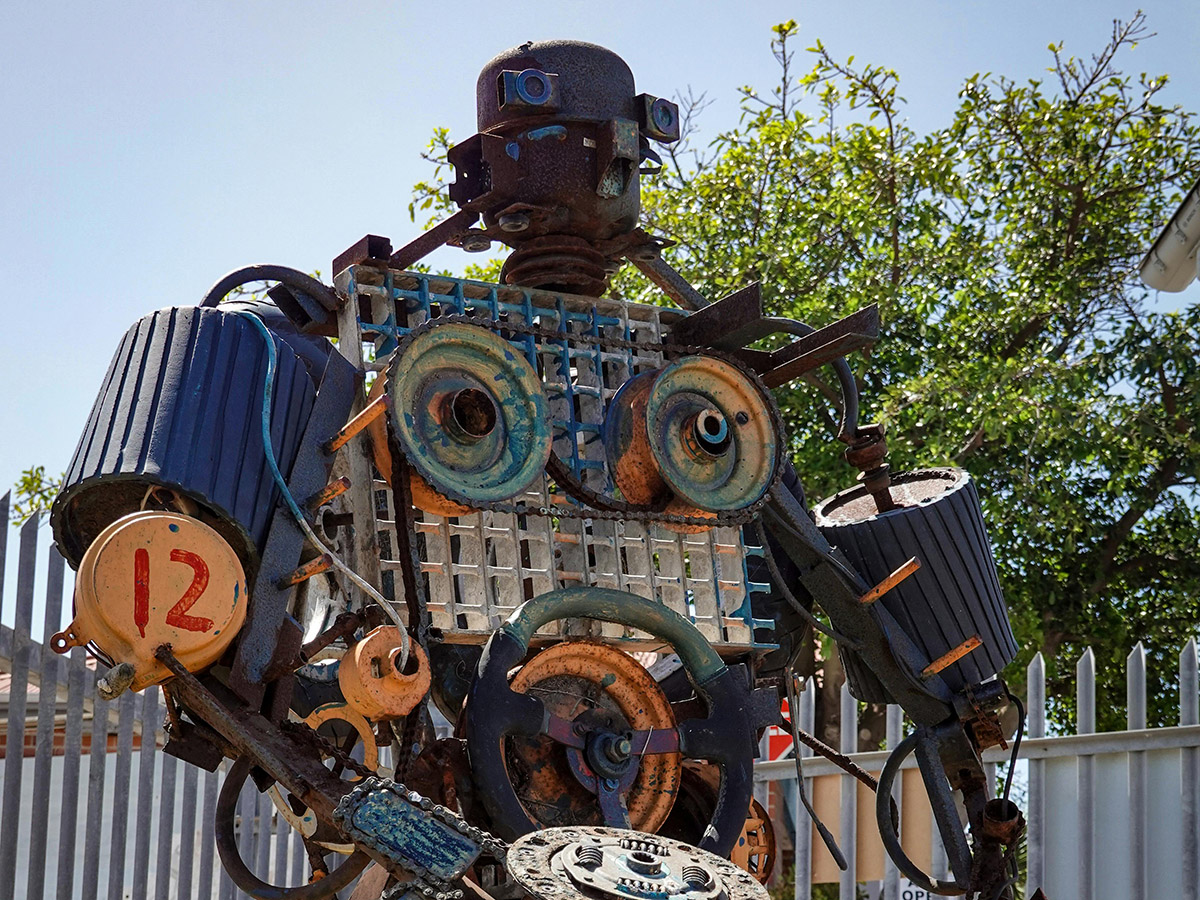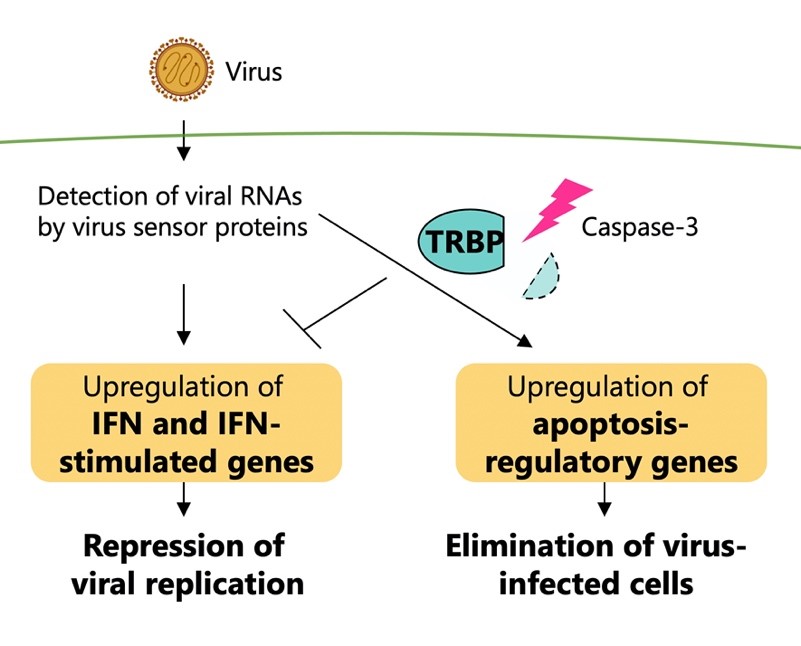New research from St Vincent’s Institute of Medical Research (SVI) on lipoedema could support the development of new treatments and the development of a diagnostic screening test.
Led by Dr Tara Karnezis and Associate Professor Ramin Shayan, the new study has identified a stem cell in lipoedema and a gene that drives excess fat growth – elements key to diagnosing and treating the condition.
“Our findings confirm, consistent with the lived experience of families, that lipoedema is a legitimate medical condition, and that it is not the same as obesity,” said Dr Karnezis.
“Our team has identified a key stem cell and some of the genetic and molecular mechanisms that underpin it.
“We investigated tissue from people with and without lipoedema and identified stem cells that are only found in lipoedema patients. We all have fat stem cells – from which fat cells usually grow at a regular rate. But people with lipoedema have fat stem cells that differ from those in normal fat in almost every way. We found that the usual mechanisms controlling the number of fat cells produced do not function properly and these cells undergo unrestricted growth.”
The team identified a gene involved in cellular growth within the abnormal lipoedema stem cells that can drive more stem cells to form more fat cells. By introducing drugs that inhibit this gene pathway, the team was then able to block fat stem cell growth to a baseline, or ‘normal’ level.
“For years, I have lived with lipoedema, and been told that diet and exercise was the path to better health,” said Nola Young, chair of Lipoedema Australia.
“Now science is starting to explain why I could never curb my body’s excess fat production through lifestyle controls – I am not obese and have a real medical condition that needs treatment.
“The shape of my legs is more than aesthetics. It’s the pain I feel every day, the clothes I wear, my mobility and movement and my quality of life. This research is exactly the kind of breakthrough that people like me have been waiting for. It provides renewed hope for me, and that my children may not have to suffer the way I have suffered all my life.”
Associate Professor Ramin Shayan is a plastic and reconstructive surgeon who deploys liposuction and surgery as one of the few available treatments for lipoedema.
“People with lipoedema can be identified by an excessive formation of painful, swollen, lumpy fatty tissue, most commonly on their legs and hips, and sometimes on their arms,” he said.
“The condition gives the body an exaggerated bottom-heavy, disproportionate shape, which can make movements as simple as walking very difficult, due to the excessive amount of fat tissue on the legs. It can, in turn, lead to other health issues and has a massive destructive impact on ankle, hip and knee joints.”
Dr Karnezis said the next step is to confirm the laboratory findings and test potential drug therapies in animal models.
The study is a collaboration between researchers from SVI’s Lymphatic, Adipose and Regenerative Medicine Laboratory (O’Brien Institute Department), SVI’s Bioinformatics and Cellular Genomics Laboratory, the Monash Institute of Pharmaceutical Sciences and the Diamantina Institute in the Faculty of Medicine at The University of Queensland.








